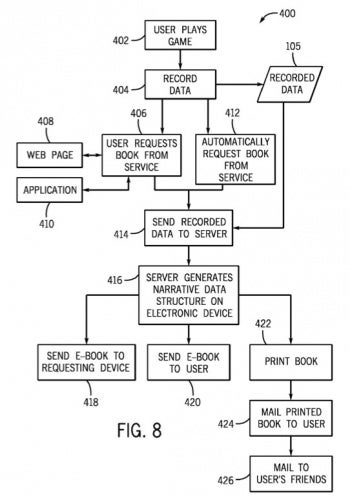Some of my faithful readers will note that on Friday’s second post I mentioned that Apple’s patent application might be valid even if other pure software patents are invalidated because it seemingly involved both a machine and a transformation.
This is not a patent blog, nor a Supreme Court or Federal Circuit blog, but I shall attempt to explain what those keywords meant on the off chance that I get readers who are not already legal scholars. Keep in mind that this is mostly my own words, and may be inaccurate in places.
For patents to be considered valid, they have to be new inventions, which are non-obvious in light of prior research and invention. How does the patent office determine whether something is non-obvious? They apply a test, which is usually to imagine the inventor in his workshop surrounded by all the publications (including patents) on the relevant subject matter, and see if there was anything that would preempt the invention in question. Patent law, unlike copyright law, requires that the invention be new against the world, so even if the inventor never actually saw or heard about a prior invention or piece of research, if that publication predates his application by long enough, then his invention is obvious, and cannot be patented.
However, the other aspect to a patent is that it has to be useful. An invention has to *do* something. It’s one of the earlier requirements for IP law, right up there with a copyright protecting creative work. Purely mental exercises aren’t patentable, neither are natural phenomena or formulae, but a bioengineered plant or protein string might be, provided it is novel.
How does the court determine if a patent does something? They apply the “machine or transformation” test, which requires the claims of the patent to either be based around a physical machine, or cause something to transform into something else. While the recent Bilski decision by the Supreme Court expressed dissatisfaction with the test, there did not appear to be a majority of the Justices who could agree on a replacement, stating only that Bilski’s patent application was rightly denied.
The Federal Circuit, who deal with patent cases as a special court, may have applied the machine or transformation test too narrowly, and it may be time for a new set of criteria to determine patentability. Until new cases are determined, however, it is unlikely that any new test will be widely adopted.
Questions? Comments? Use the Contact Form!
 This idea is brilliant.
This idea is brilliant.